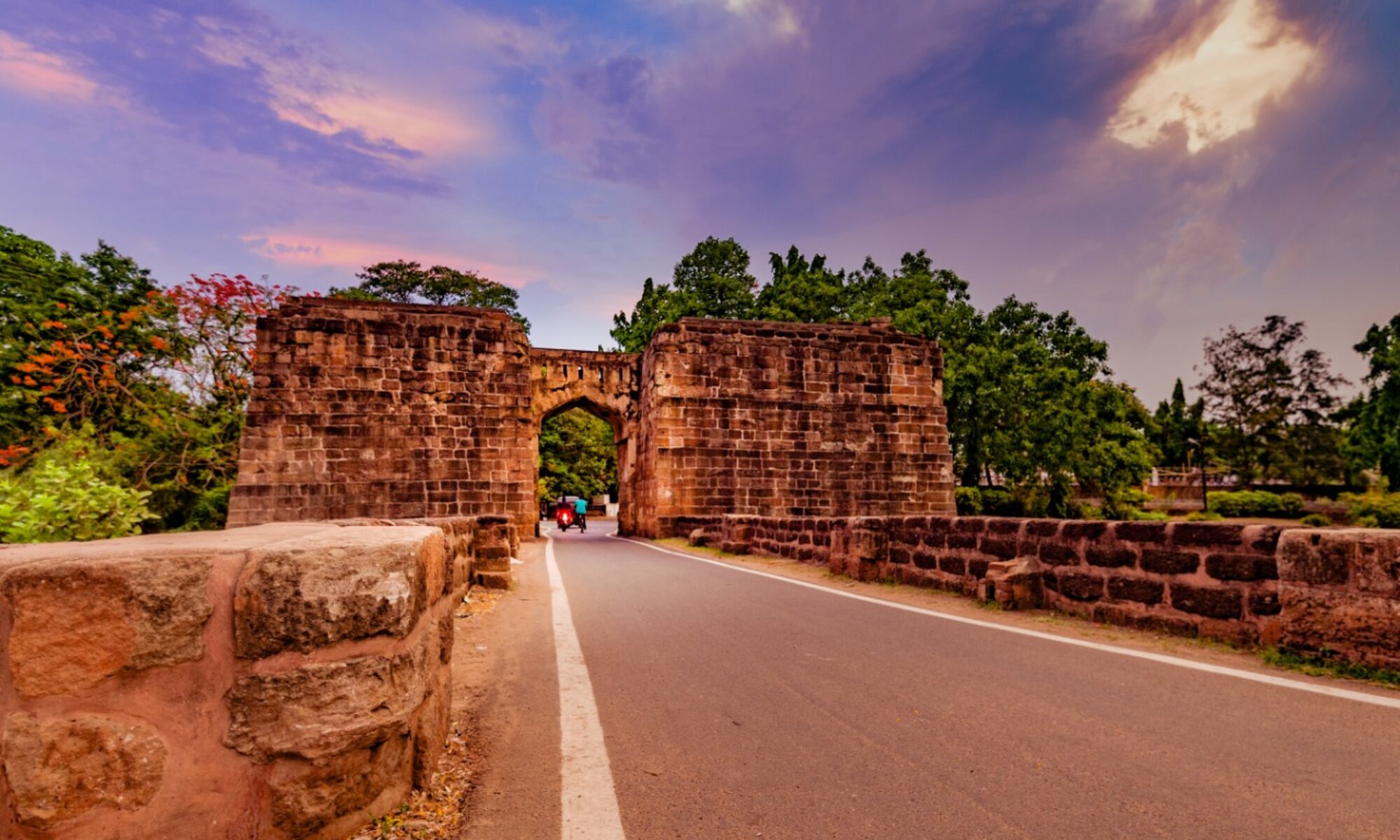Celebrated in the month of June, from 14th to 17th, after a spell of dry summer. Raja marks the onset of the long awaited monsoon. Odisha, a predominantly agrarian state, celebrates this festival with rare gusto. Unmarried girls mostly participate in this with youthfulness & passion. During the four days that this festival is observed the fields are left undisturbed, the girls are not allowed to walk barefoot, lest they defile mother earth during her menstrual period.
A period of feasts and merrymaking, a time for special sweet delicacies in homes everywhere, it signifies a way of life, as thousands of people assemble in temples scattered throughout Odisha to pay homage to Mother Goddess.
This festival of the rains commemorates the fertility of the earth. All decked up, girls swing wildly on the swings hung on the branches of the trees, sing songs of love, marriage and their partners.

Girls dressed in vivid sarees- brilliant reds, electric blues and bamboo greens evoke the erotic hues of peacock faders the rims of their embellished feet with red dye, their foreheads decorated with florid designs in sandalwood paste. Filigreed pendants hang from there earlobes. They swing on the decorated swings hanging from the low branches of the trees.
Continue reading “Raja: Festival of Fertility”






